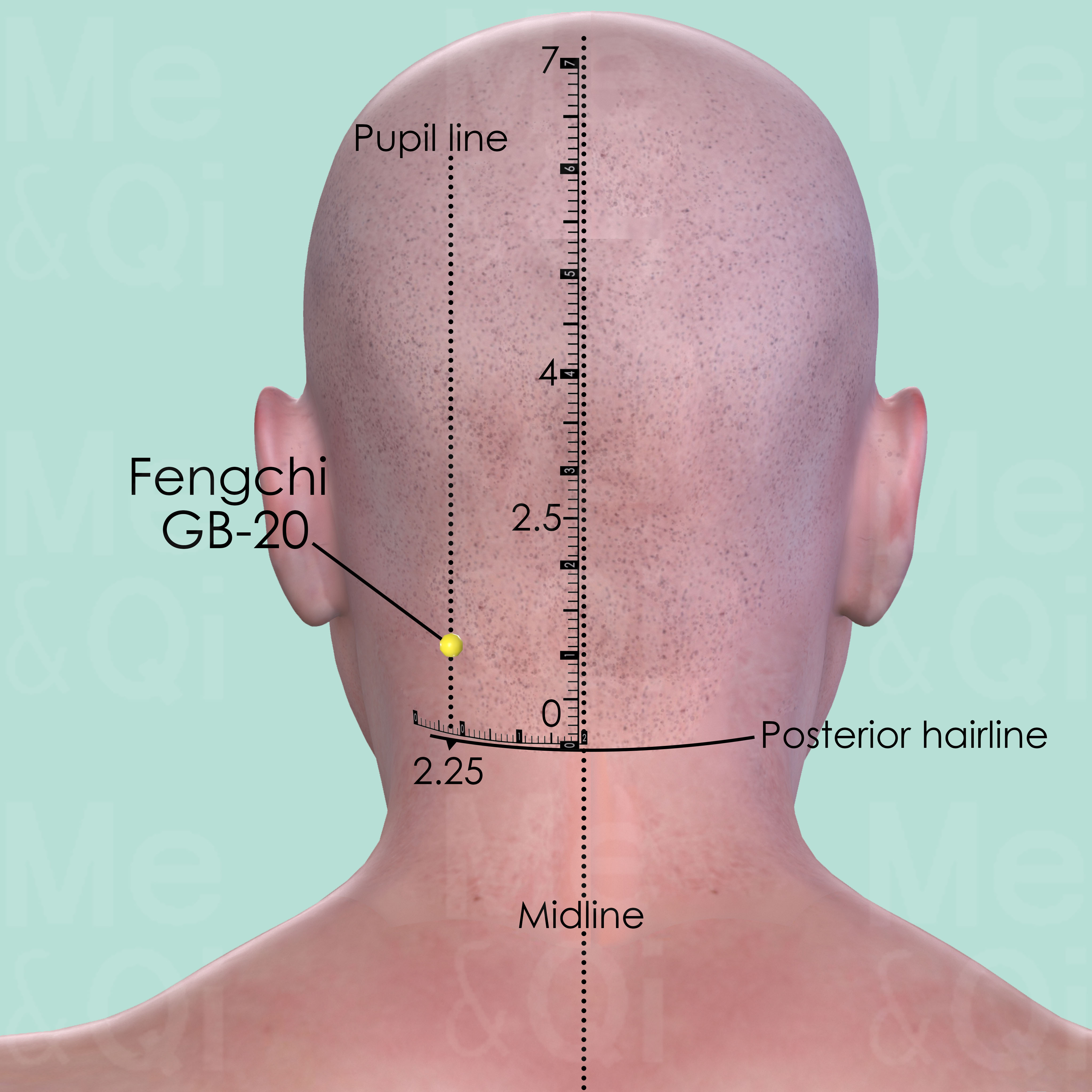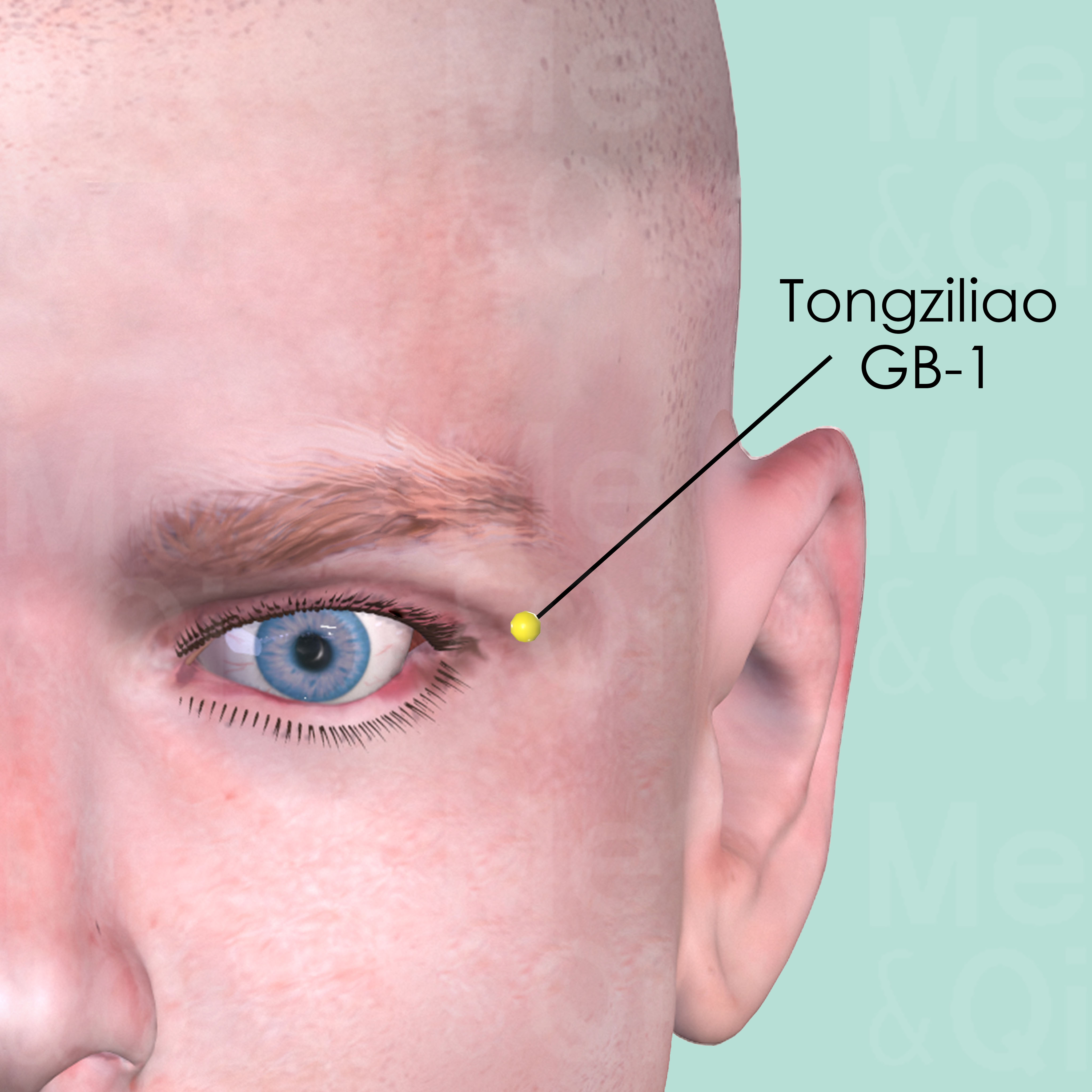Iritisaccording to TCM
Symptom family: Eye Disorders and Symptoms
What is Iritis?
Iritis, medically known as inflammation of the iris, is a form of uveitis, primarily affecting the colored part of the eye surrounding the pupil. This condition can cause redness, pain, light sensitivity, blurred vision, and even decreased vision. Iritis can be acute or chronic and may be associated with underlying systemic health issues.
Prompt treatment is crucial to prevent potential complications, such as glaucoma or vision loss, making understanding and addressing this condition essential for ocular health.
How does TCM view Iritis?
Traditional Chinese Medicine (TCM) offers a holistic approach to understanding and treating iritis, distinct from the perspective of Western medicine. TCM views iritis as a manifestation of underlying imbalances in the body's Qi (vital energy) and blood.
According to TCM, symptoms of iritis are not isolated issues but are related to systemic disharmonies, which can be caused by various factors such as environmental influences, emotional stress, or internal health imbalances. Identifying and treating these root causes is considered crucial in TCM for effectively managing iritis.
Causes of Iritis According to TCM
In TCM, iritis is believed to be caused by several underlying patterns of disharmony. The most common cause is the invasion of Wind-Cold, manifesting as eye inflammation. This condition often involves symptoms like redness and pain in the eyes, along with sensitivity to Wind or Cold.
Another contributing factor can be Liver Yang Rising, a condition where the energy of the liver becomes excessive and agitated, potentially leading to eye issues like iritis. TCM emphasizes understanding these patterns to provide a tailored and holistic treatment approach.
TCM Herbal Formulas for Iritis
TCM employs various herbal formulas to address the root causes of iritis. For patterns such as Wind-Cold invading the Lungs, a formula like Ge Gen Tang, containing Kudzu Roots (Ge Gen), is often used. This formula works to expel the invading pathogen, thereby alleviating the symptoms of iritis. The selection of specific herbs and formulas in TCM is based on a detailed analysis of the individual's pattern of disharmony, ensuring that the treatment is tailored to their unique needs.
See more details below about Ge Gen Tang, a herbal formula used to address iritis.
- By Formula Type
- Formulas that clear wind-Cold
Formulas that clear Wind-Cold
Iritis can be treated by these formulas when it stems from external pathogenic influences characterized by cold and wind symptoms.
One such formula is Ge Gen Tang, with kudzu root as a key herb.
Acupoints for Iritis
Acupuncture is another key aspect of TCM treatment for iritis. Specific acupoints like Fengchi GB-20 and Tongziliao GB-1 are targeted to address the underlying causes. Fengchi GB-20, located in the posterior aspect of the neck, is known for its actions in subduing Liver Yang and expelling Wind, both of which are beneficial for eye health.
Tongziliao GB-1, near the outer canthus of the eye, is used for clearing Heat in the eyes and expelling Wind, which can help in alleviating the symptoms of iritis. These acupoints are selected based on their traditional functions and relevance to the patterns of disharmony associated with iritis.
Explore below some acupoints used to address iritis, organized by meridian.
- By Meridian
- Gall Bladder Channel

Fengchi GB-20
In the posterior aspect of the neck, below the occipital bone, in the depression between the upper portion of sternocleidomastoid and trapezius muscle.
TCM Herbs for Iritis
Explore below some TCM herbs used to address iritis, organized by herb category.
- By Herb Category
- Purgative herbs that drain downward
- Cool/Acrid herbs that release the exterior
Purgative herbs that drain downward
Iritis can be treated by these herbs in cases of severe constipation or internal heat, using strong downward movement to purge accumulation.
One such herb is Niter (Xiao Shi), which is directly recommended for iritis.
Cool/Acrid herbs that release the Exterior
Iritis can be treated by these herbs when the body needs to harmonize with external environmental changes, particularly when there's a need to expel pathogenic factors like wind or cold without overly cooling the body.
One such herb is Kudzu Roots (Ge Gen), a key herb in some formulas recommended for iritis, like Ge Gen Tang.

